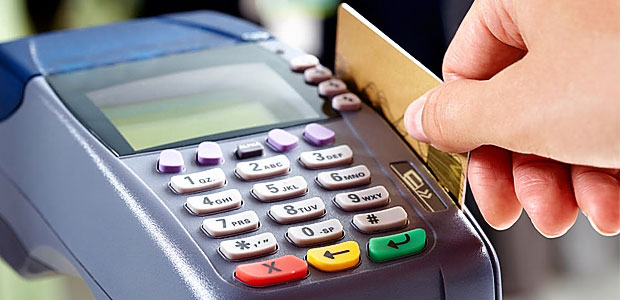The government has offered several benefit plans for the citizens of the state. Programs such as unemployment funds, food stamps, and many other aids have been given to everyday citizens throughout history. A revolutionary innovation in this area is EBT. All the citizens have to do is accept EBT services from the government. EBT is an electronic card system for eligible participants to receive benefits from the government such as unemployment, grocery, or housing assistance. To accept EBT cards is now as simple as getting a debit or credit card. Government initiatives such as SNAP (Supplemental Nutrition Assistance Program), TANF (Temporary Assistance to Needy Families), or any other such service can be easily availed through EBT merchant services to buy food goods. Due to these government-initiated programs, the revenues available for stores that provide EBT merchant services are increasing.
When citizens accept EBT, they get a replacement for their old “food stamps” program in the form of a magnetic stripe card. Just as the customer would on a debit card, the person who is authorized to use the EBT card swipes it in the card reader and enters their secret PIN. This grants them access to their benefits account. The processor verifies the PIN and the balance in their account, resulting in granting or denying authorization to the retailer for the purchase.
What’s so good in EBT?
First of all, if you as a retailer accept EBT, this would allow you to enlarge your consumer base significantly. The processing costs of EBT payments are considerably lower than that of any other type of online or debit card transaction. Therefore it would help add to your in-store profits. Compared to food stamps or checks, using EBT merchant services is faster and more reliable for in-store transactions. Furthermore, it has immense benefits for your customers. Your customers who have to go around with their food stamps and checks to a limited number of avenues and have to go and primarily collect them will no longer have to do so. It is safer than carrying cash or checks as only your customers know their PIN and only they can access it. The EBT card can be used to shop for groceries and other selected retailers with staple food items.
Regulatory Needs to Accept EBT
Retailers cannot shift to EBT merchant services as it is. There is some paperwork involved, and a possible change of equipment may also be needed. The Food and Nutrition Service works to end both hunger and obesity and has launched 15 federal nutrition assistance programs that include WIC, SNAP and school meals. Even though SNAP is the primary government benefit that will be availed through EBT cards, the people who are provided with the cards may also avail of TANF purchases. Therefore, even though you may not be a SNAP retailer, you may need to add EBT services to your business if you want to support your customers by helping them avail TANF benefits from your retail store.
The first thing you need to is to get a SNAP permit. For most retailers, it’s a straightforward process, and most of it is online. The retailer has to apply for the permit with USDA FNS to accept EBT card payments at their store. The condition there is to receive a license is that the store will have to sell staple foods from four main categories and have more than 50% of the retail store’s gross sales coming from one or more staple foods that are being sold at the store. Once you get all of your paperwork done and get a permit, you can move on to the next step.
Hardware Needed to Become an EBT Merchant
For EBT payments, you will need to upgrade your current hardware to match EBT transactions’ requirements. Or you will have to purchase an EBT terminal machine and incorporate it in your Point of Sale system. Even though the primary mechanism for debit/credit and EBT cards is very much alike, you will have to keep your EBT merchant services separate from your other in-store transactions. If you want to use your current hardware to provide EBT services, you will have to ensure that it meets the following hardware needs:
- It can process PIN-based debit transactions through a stand-alone unit or keypad attached to the device.
- It should be able to be reprogrammed with the encryption keys that are provided by the service the hardware belongs to.
- It should have the capability to use a 7-digit FNS account number to set up your EBT merchant services account.
Reprogramming and setting up your current hardware to fit EBT services will be time-consuming and tedious. It is recommended that you avoid the hassle and purchase a new EBT terminal machine that would allow you to get to work quickly. This would also allow you to keep track of your EBT payments better in case you have to present your numbers. The EBT terminal will enable you to transfer your money directly to your bank account, just as you would in a regular debit or credit card exchange.
What will it cost?
First and foremost, if you intend to keep using your current hardware for your EBT merchant services, you may have to pay an extra fee. Using your existing hardware will result in fees on every transaction. Prices will change based on the transaction levels. Hidden costs may also be applied, and that may result in lesser profits.
But if you choose to purchase and shift to the new EBT terminal, the transactions have no interchange or PIN debit fees. However, you will have to discuss how they handle EBT merchant services with your merchant services provider. The account providers usually charge you for the processing of the transactions. Ensuring that you discuss how your account provider treats EBT payments can be a crucial point to discuss before signing a contract with the provider. There are many accounts providing services. Each of them has different policies, so it is best to know them properly before deciding.








